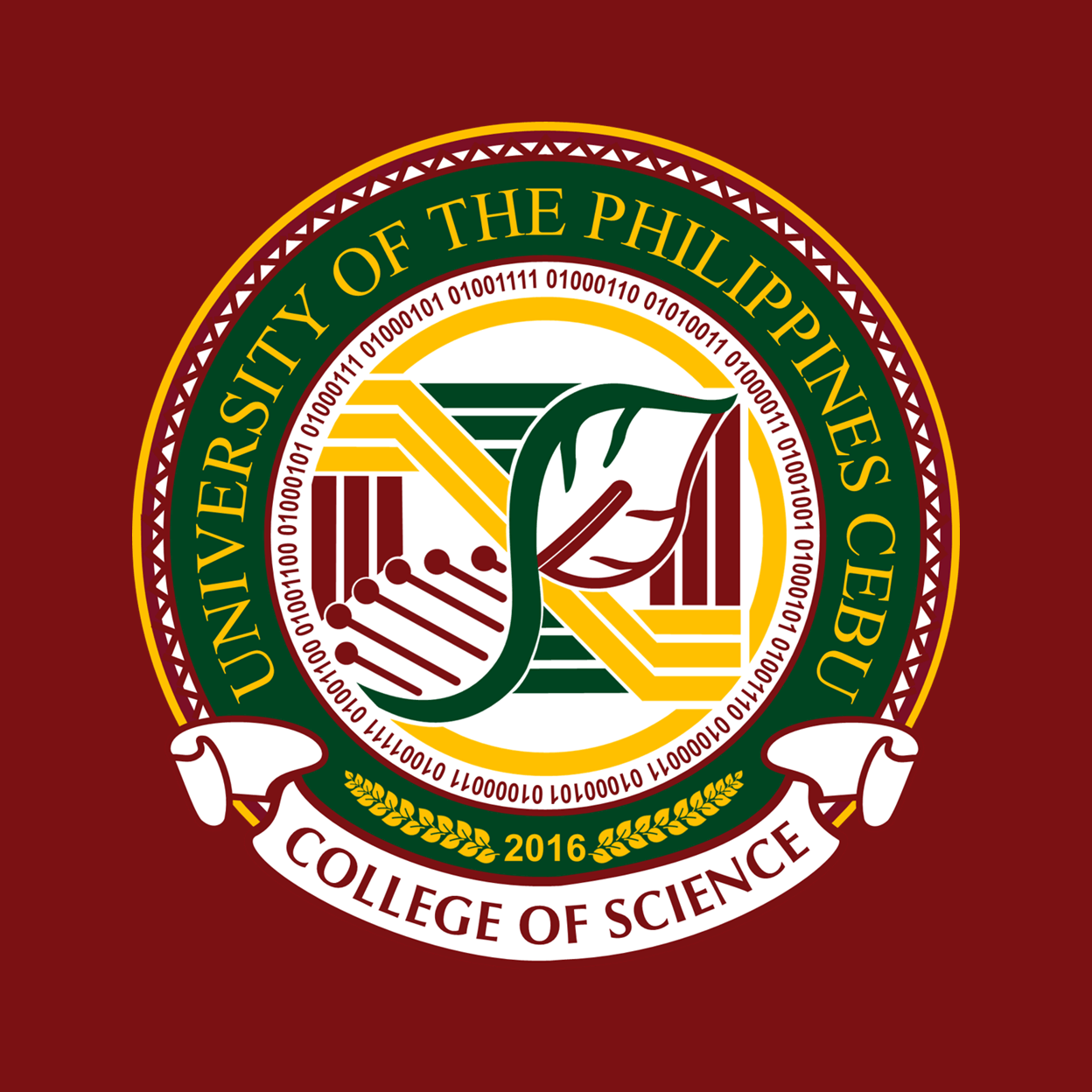This study was conducted to evaluate and compare the water quality of Buhisan, Bulacao and Lahug rivers in Cebu, Philippines using coliforms as indicators. Monthly sampling started from November 2011 to April 2012 in the upstream, midstream and downstream stations. The multiple tube fermentation technique was used for the analysis of coli forms. High total and fecal coli form counts were observed in the three rivers from February to April, but the difference in values across time was not significant. Fecal coli form counts of Buhisan and Bulacao rivers differed significantly across sampling stations. This was most likely due to the low fecal coli form (FC) values in the upstream compared with the midstream and downstream. The generally high FC and TC levels throughout the sampling period confirmed the presence of fecal pollution in the rivers. Organic pollution and the presence of coli forms could be related to the accumulation of waste water due to high impact human activities across the river networks. It is therefore recommended to conduct an inventory and monitor non-point sources of water pollution, establish waste water treatment measures and enforce policies for river protection.
Recent Posts
- UP CEBU COMPUTER SCIENCE STUDENTS WINS ‘Best Product’ at AppCon 2023
- APPLICATION FOR MASTER OF SCIENCE IN MATHEMATICS (MS MATH) IS NOW OPEN
- turnover ceremony of dr. alvin g. roxas as the new dean of the college of science
- up cebu to offer master of science in mathematics
- DR. Alvin g. roxas appointed as the new college of science dean

Recent Comments